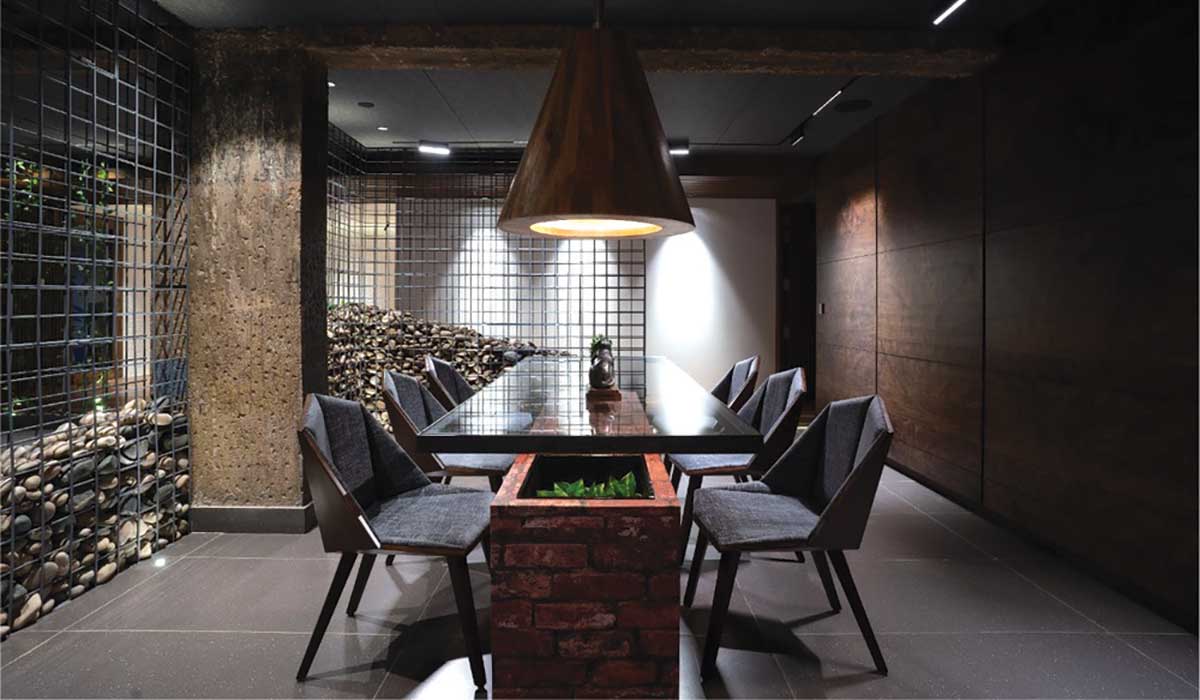
The use of digital modelling has revolutionised the way architects design, create, and visualise their designs. Architects can now explore innovative possibilities and tailor designs to meet the specific requirements of their clients. Moreover, social media has made it easier to share architectural ideas, trends, and designs, fostering a global community of architects and enthusiasts.
The field of architecture is experiencing a time of rapid change and innovation, driven by new opportunities and the demands of a rapidly changing world. In the near future, architecture will revolve around sustainability, leveraging smart technologies, biophilic design, and 3D printing. Moreover, Virtual Reality shall allow architects to visualise their designs in a fully immersive environment, enabling them to explore spaces, make modifications, and receive feedback from clients in a realistic setting.

The interface between building materials, technology, engineering, and architecture plays a crucial role in shaping the quality of construction projects, enhancing speed, and promoting sustainability. With their interconnected nature, these four elements work together to create innovative and efficient building processes. By carefully selecting appropriate materials, incorporating technological advancements, and employing skilled engineers, architects can design structures that are both aesthetically pleasing and durable.
Additionally, the integration of technology, such as automated construction machinery and advanced building materials, can further enhance the speed and productivity of the construction workforce. By automating repetitive tasks and reducing the need for manual labour, projects can be completed more efficiently.
The dynamic nature of the world around us necessitates architecture that is adaptable and responsive. Future buildings will employ sensors and artificial intelligence to adapt to changing weather conditions, optimize energy consumption, and provide personalized experiences for occupants. These adaptive and responsive designs will not only enhance the comfort and functionality of our built environment but also contribute to its longevity.















